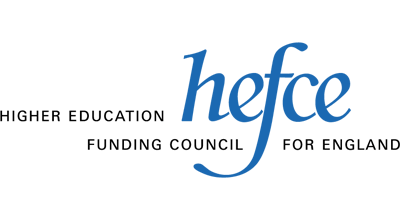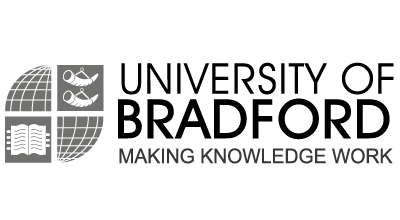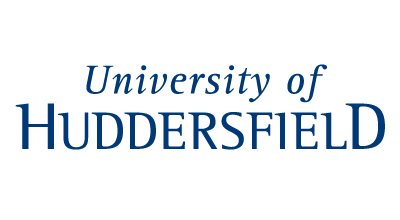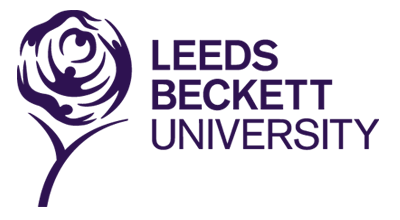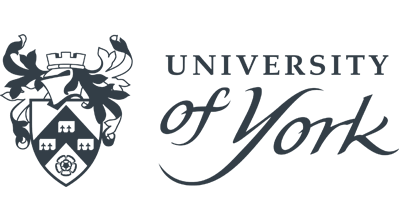Date published: 23/03/17
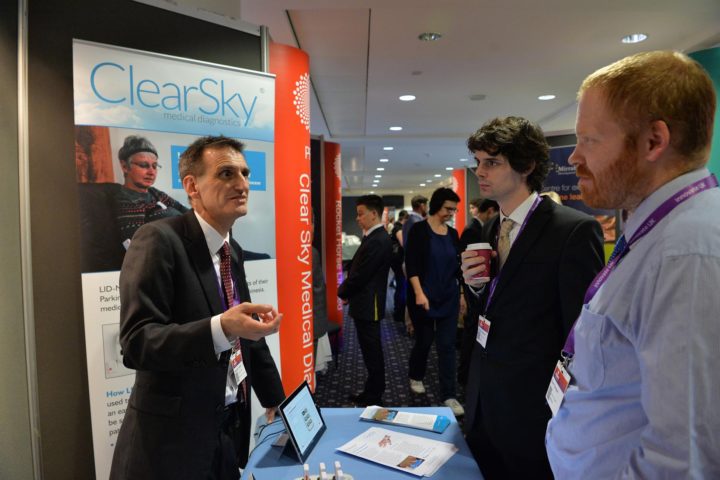
ClearSky approach to help drive innovation
As the University of York’s academic lead in the Translate partnership, Dr Stephen Smith uses his expertise in developing and commercialising technologies to advise on the support offered through the Translate programme.
A reader in the Department of Electronics at York, Dr Smith is co-founder of a spin out company developing technology to help diagnose and manage the treatment of people with Parkinson’s disease. As such, he has first-hand knowledge of how to handle the complex challenges of commercialisation within the Medtech sector – insight that is valuable for advising Translate where it might offer additional support to projects.
His spin out company ClearSky Medical Diagnostics, has developed a monitoring system that tracks the movements of people with Parkinson’s over a 24-hour period. The system has been trained to ‘learn’ when patients are experiencing involuntary movements, or dyskinesia, that are a known side effect of Levodopa – the primary drug used to treat Parkinson’s symptoms. The information can be used to adjust patients’ treatment regimes.
The technology relies on ‘evolutionary algorithms’ – a way of programming software so that a monitoring device can learn about Parkinson’s patients from matchbox-sized sensors attached to the body that build an accurate map of the patient’s activity. Over time, the system is able to distinguish between deliberate movements, such as making a cup of tea or getting out of a chair, and dyskinesia.
“Dyskinesia can lead to falls, which can then require emergency hospital treatment,” explains Dr Smith. “One of the largest costs associated with treating Parkinson’s disease is unplanned hospital admissions, and of course that also has a huge impact on the wellbeing of patients living with the disease. If we can provide doctors with a better idea of when the side effects occur, then medication can be adjusted to minimise their effects.”
The system, called LID-Monitor, won a Medipex Innovation Award in 2015. It is now being adopted by NHS Trusts in Leeds and Harrogate and is also being used in a partner hospital in Shanghai, China. ClearSky is developing the technology further so that it can also be used to confirm diagnosis of Parkinson’s disease, which currently has a misdiagnosis rate of 25%.
One of the key areas in which Dr Smith has gained expertise during the commercialisation of LID-Monitor, is health economics. The company commissioned York Health Economics Consortium – a company wholly owned by the University of York – to carry out an assessment of how its technology would affect treatment of Parkinson’s disease. YHEC was able to show potential savings to the NHS of up to £84 million per year in reduced consultations and hospital admissions.
“This sort of assessment is increasingly required by the National Institute for Heath and Care Excellence (NICE), which is the body that decides what new technologies the NHS should adopt,” explains Dr Smith.
“We also worked closely with specialist registrars from Leeds General Infirmary and Hull York Medical School to ensure that the clinical need for our system was always in sight, which fits very well with Translate’s own approach to innovation.”
Also vital for producing a successful commercial product, is the ability to engage effectively with potential customers and investors, and develop important pitching skills. Dr Smith benefited from a Royal Academy of Engineering Enterprise Fellowship, within which he was awarded a grant, along with business support and mentoring to help develop key relationships, establish ClearSky Medical Diagnostics and get the company ready for investment.
“Helping academics develop their entrepreneurial skills is really important for getting research out of the university and into industry,” says Dr Smith. “The Royal Academy of Engineering Enterprise Fellowship was really important to help me to do this, and I think the Translate team is also doing great work to encourage the development of innovation skills in universities and in the city region. It’s great to be involved in some of the initiatives which will drive that forward.”
Dr Sean Clarkson, a Technology Innovation Manager for the Translate programme is now also working with Dr Smith to support further progression of his technology, and wider adoption within the NHS.
Imaging and Diagnostics

